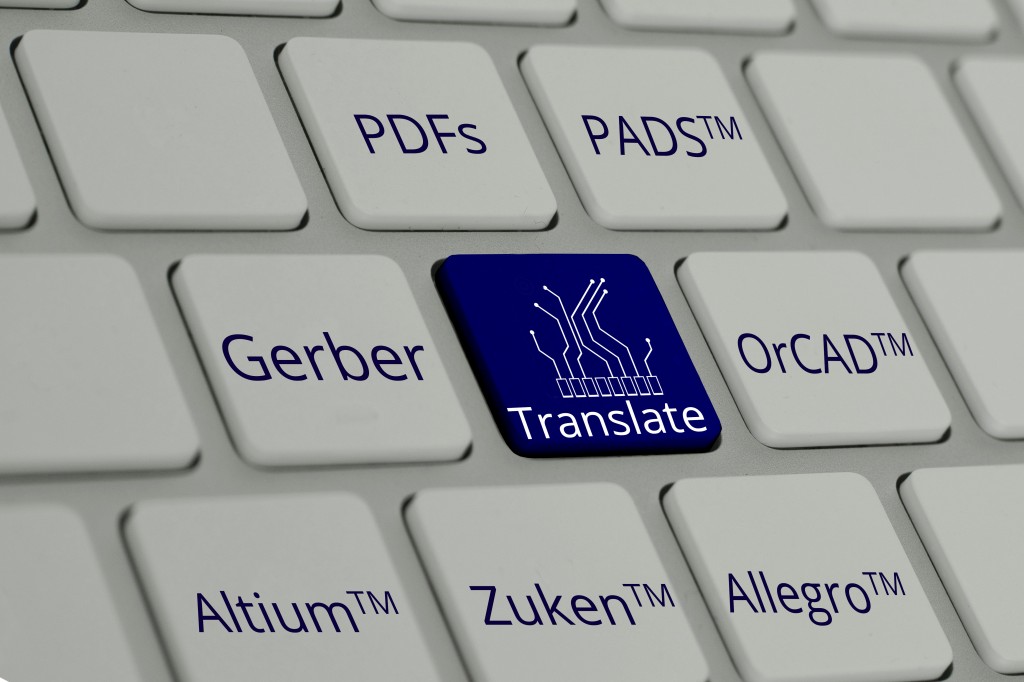
Source vs. Output

In the design of printed circuit boards, much documentation gets generated. Too often, too much information is provided to the board and assembly houses. Yet, retrieving the documentation much later is difficult! How can this be?
When looking at the overall anatomy of any project that uses a software tool, there are two types of files. The first type is known as "source files." These files are saved in the default format of the tool being used. For example, when saving a Microsoft Word document, the source file is .docx. The program will interact with the .docx file as changes are being made and saved.
The second type is known as "output files." These files are produced by running a function or process within the tool. Though these files could be altered or changed, such changes never make their way back to the source. They are representations of the source files.
To keep with the example above, when creating a PDF of a Word document, it represents the .docx source file as a read-only document for others to reference. The PDF would not be used to make changes; instead, the .docx would be used as the source file.
Therefore, producing an output file is always done with some purpose. In the PCB design flow, output files are produced for the fabrication and assembly houses to program and set up their equipment. They need the information in industry-accepted formats.
Knowing the difference between source and output files in the PCB design is half the battle. The other half is making sure that the project is wholly archived. As we at Nine Dot Connects have seen, several situations tend to happen over time when archiving has not occurred:
- The employee of long ago - In many situations, the employee who created the design has left the company. They may have never moved the source files from their hard drive, which may now be long gone. Or they moved the information to a shared drive so packed with directories and subdirectories that it will take a significant effort to locate it. This assumes that the designer used viable file names for searching.
- Merges and Acquisitions - If this design came from a merger or acquisition, there might be no tribal knowledge of this design to tell its story. Moreover, the assumption is that the design was created in an EDA tool and the version is still available. Some EDA tools are better than others when it comes to forward compatibility.
- The unscrupulous service bureau - Some bureaus may only provide the output files for manufacturing to the customer who hired them. A customer who knows little about PCB design and its documentation may not realize that they do not have complete control over their IP.
In the end, your IP is in the source files. Output files can always be regenerated from the source files. Ensure that these source files are kept safe and that the complete file set is in the company's possession.

